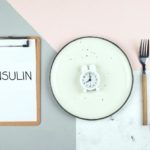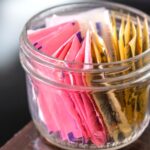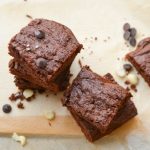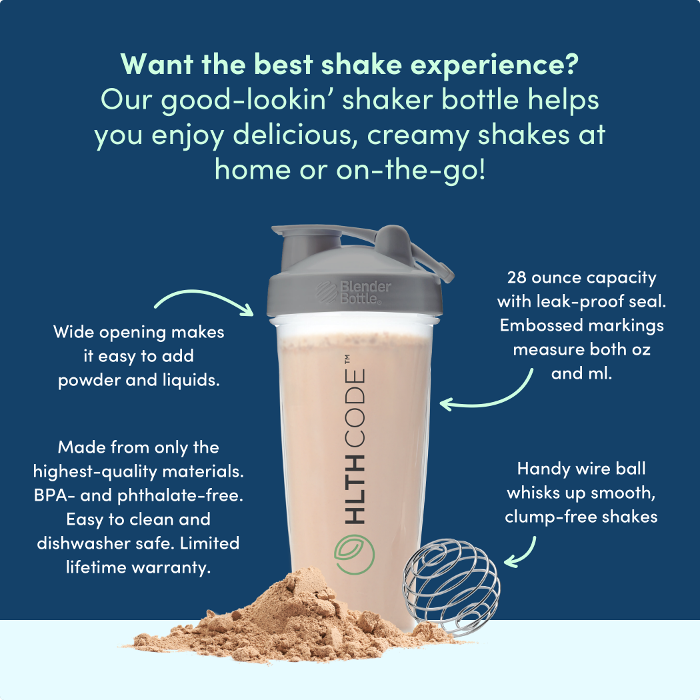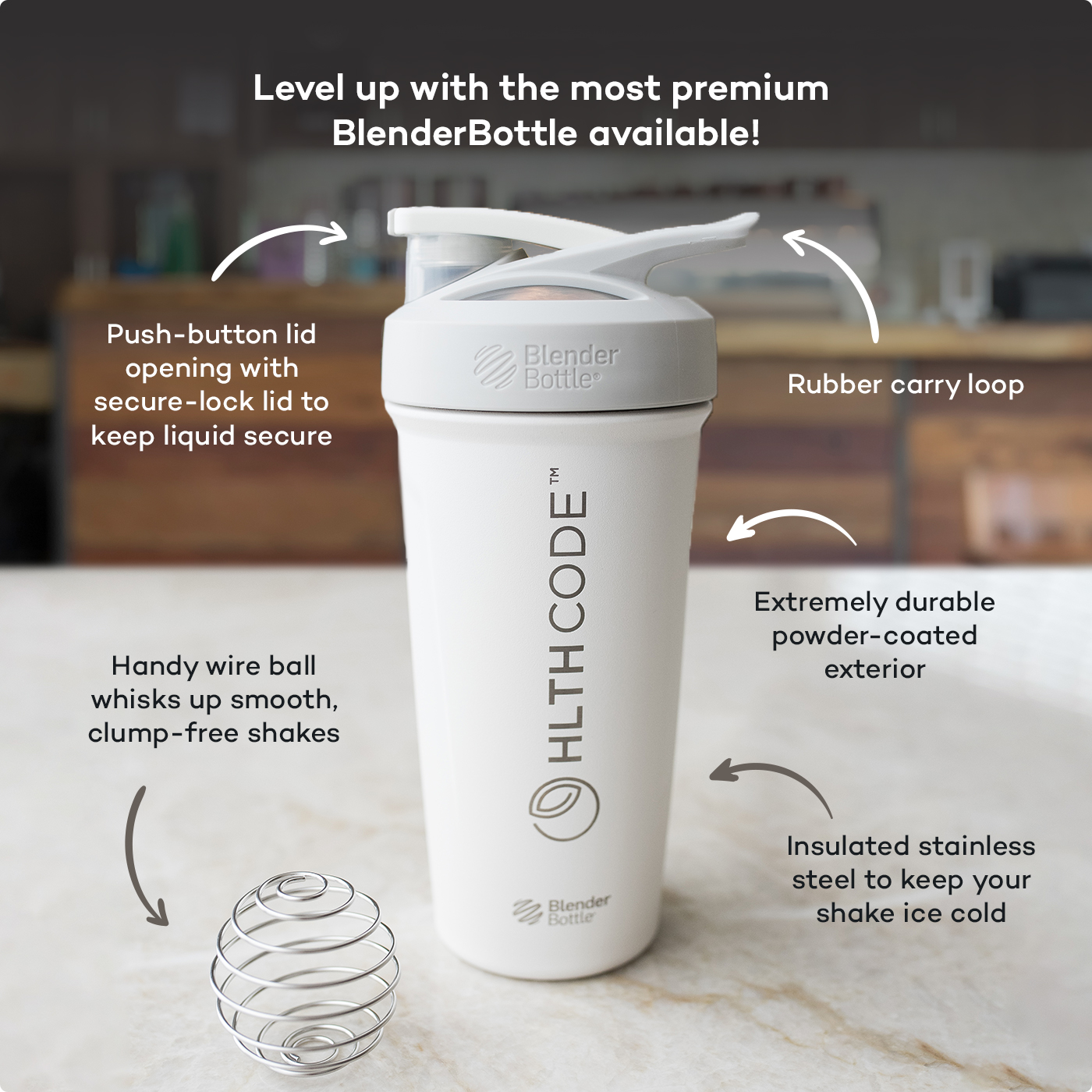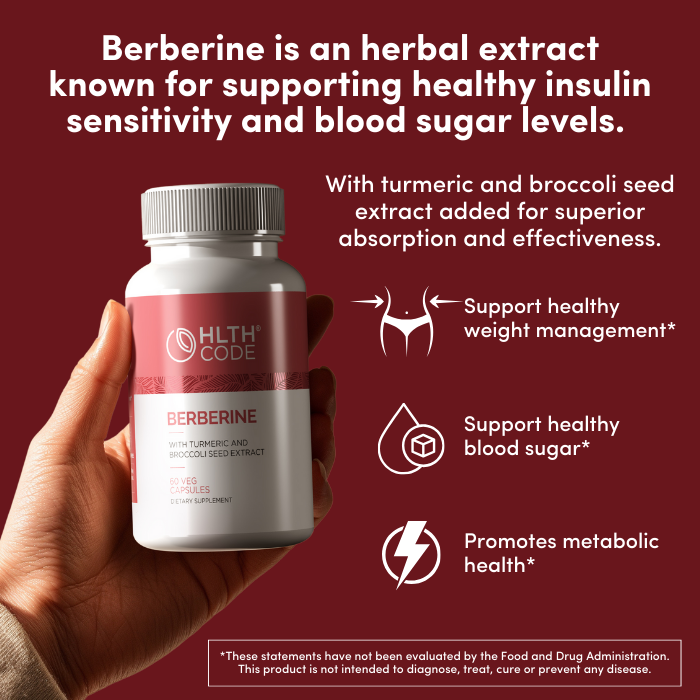Keto Diet: What to eat, what to avoid
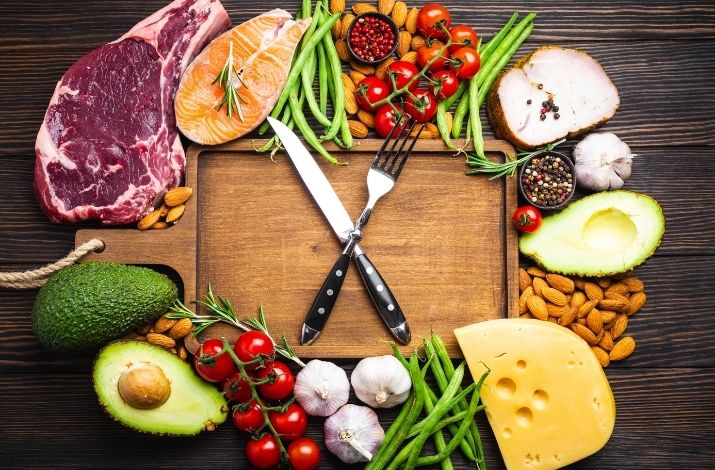
The Ketogenic Diet (Part 2)
This is part two in a three part series regarding the ketogenic diet. If you missed the first blog, check it out here. In this post we will discuss the macronutrient ratio of the ketogenic diet, foods to consume and foods to avoid, troubleshooting side effects, and checking ketones.
The Macronutrient Make-Up of a Keto Diet
The ketogenic diet is very different from traditional dieting methods. One of the reasons keto is different is that the focus isn’t necessarily on calories. While I do believe calories matter to an extent, they certainly aren’t the only thing that matters. This is especially true when you take into consideration all the effects that different macronutrients have on the body. The ketogenic diet focuses on a macronutrient ratio of approximately 55-60% fat, 30-35% protein, and 5-10% carbohydrates. It’s considered very low carb, moderate protein, and high fat. The goal of this ratio is to lower carbohydrates enough so that insulin secretion is reduced and the body begins ketogenesis. During this state, ketone bodies become the primary fuel source for the body’s energy versus glucose [1].
Foods to Focus On While on a Keto Diet
The most important thing to understand when following keto (or another other dietary pattern for that matter), is that it should always consist of mostly whole food, and high quality food products. What exactly is whole food? These are foods that are minimally processed, in their whole form without cheap, inflammatory, and blood sugar spiking ingredients. Unfortunately, with the large upswing in popularity of the ketogenic diet, many food corporations have seen the trend and started making highly processed, pro-inflammatory, ketogenic “alternatives.” You’ve all seen them, the ice cream, the granolas, and the cereals, all claiming to be keto friendly or keto approved. Not all of these products are inherently bad, some are really high quality products, you just need to make sure you’re reading the label to make sure. Here are the foods that should make-up the majority of your diet:
- Protein: chicken, beef, turkey, fish, seafood, eggs, full-fat dairy
- Fats: avocado, olives, coconut, avocado oil, olive oil, coconut oil, egg yolks, butter, tallow, ghee, full-fat dairy, nuts/seeds, MCT oil, cocoa butter
- Non-starchy vegetables: cauliflower, avocado, broccoli, Spinach, zucchini, lettuce, celery, cucumbers, cabbage, asparagus, kale, green beans, brussel sprouts
- High quality food products: some protein powders, cauliflower rice, avocado/olive oil salad dressings, beef jerky, etc
This list is not all encompassing, but gives you an idea of foods to focus on. Already prepared foods certainly aren’t always to be avoided, as many of them contain high quality ingredients and do make life easier in terms of convenience. When purchasing already prepared foods look for reputable brands, high quality ingredients, and low net carbs.
Troubleshooting Side Effects of being on a Keto Diet
Having any serious side effects from starting keto is very rare, however, some mild effects occasionally happen. As always, before making any diet change it’s very important that you work with a medical professional, especially if you have a pre-existing medical condition. Let’s discuss some of the ways to mitigate some of these side effects or avoid them altogether:
- Loss of appetite: This often accompanies the shift into ketosis and is not serious unless there is already cachexia or sarcopenia present. If you’re following keto for weight loss don’t worry, your appetite will eventually return. If you’re not trying to lose weight, try incorporating several high fat/high protein snacks or meal replacement shakes.
- Low blood pressure: This is highly unlikely unless you’re on blood pressure medications. Many people on blood pressure meds see a significant decrease in blood pressure and often come off of them quickly. Anyone experiencing headaches, impaired vision, or lightheadedness should focus heavily on hydration and salt.
- Constipation: In ketosis, you lose sodium and fluid. If you don’t replace this the body uses salt from the colon. This results in hard-to-pass stools. Adding in a couple of cups of bone broth a day can typically remedy this. The addition of magnesium citrate daily can also be helpful.
- Flu-like symptoms: This is what we commonly call the “keto-flu.” Again, heavy emphasis should be placed on hydration by using electrolytes, salting food, and bone broth.
- Cravings: The ketogenic diet drastically reduces the amount of sugar you consume. As the body starts to wean off this sugar, you may experience cravings. This goes away as time passes, but in the interim, feel free to make a homemade “keto alternative” using stevia or monk fruit [2].
Checking ketone levels while on a Keto Diet
Checking your ketone level is a great way of truly knowing if you’re in ketosis. This can be motivating for some people, and it may also help you to stay on track. There are several ways to check ketones, including urine strips, blood ketones monitors, and ketone breath analyzers. Let’s discuss the differences:
- Blood Ketone Monitoring: Most recommended as the most accurate way to test. Results are quick. The biggest pitfail to this method is that it requires you to use a finger prick. The ketone strips can also be quite expensive over time.
- Urine Strips: Very budget friendly, quick results, and very easy to use. However, these are the most unreliable source of testing, and don’t give you an actual numbered reading. Results may also be impacted by hydration levels.
- Breath Ketone Testing: This is also very easy to administer, with quick results. These meters are a little tricky as certain gum, sugar substitutes, tobacco, lip balm, etc can impact the levels and give a false reading. They can also be altered by activity levels.
Ketones should be tested in the morning, but before you’ve eaten anything. It’s also helpful to wait a little while after waking to test so you avoid the “dawn effect.” The dawn effect is a natural rise in blood glucose as cortisol rises in the morning. According to ketomojo.com, someone without insulin resistance should test an hour after waking, but for someone with insulin resistance, it may be better to wait 2-3 hours after waking for reading. You may also test right before lunch/dinner, but should be 2-3 hours after anything is ingested.
In Conclusion
The ketogenic diet has specific ratios that make it different from any other traditional diet. It focuses on whole food, protein, healthy fat, and non-starchy vegetables. You can track ketones using several different types of monitors. When making dietary changes, focus on little steps that propel you to your goal. Stay tuned for the third keto series blog.
References
- Masood, W., Annamaraju, P., & Uppaluri, K. (2021, June 11). Ketogenic Diet. Retrieved from https://www.ncbi.nlm.nih.gov/books/NBK499830/
- Volek, J., Phd, RD, Hyde, P., PhD, Kalamian, M., MS, CNS, Hodges, R., MS,CNS, & Berger, A., MS, CNS. (2018). Ketogenic Nutrition Training Course Manual [American Nutrition Association].
- When to Test Your Ketones & Glucose. (2021, September 02). Retrieved from https://keto-mojo.com/testing-when-to-test-ketones-glucose/
This article is for informational and educational purposes only. It is not, nor is it intended to be substitute for professional medical advice, diagnosis, or treatment and should never be relied upon for specific medical advice.


